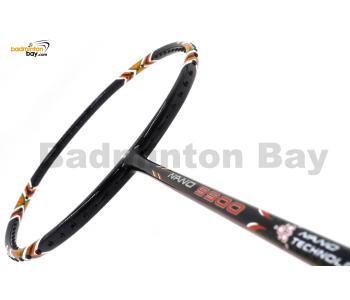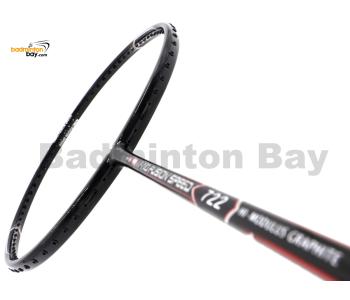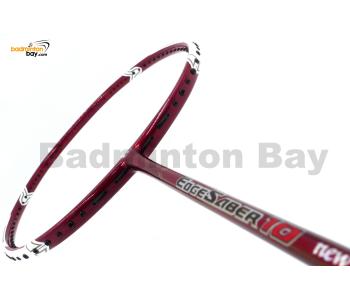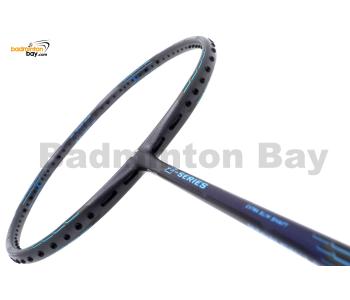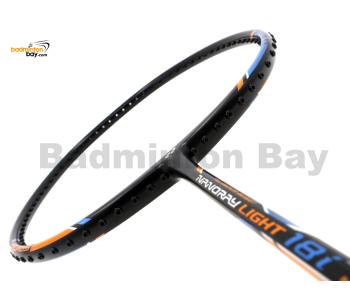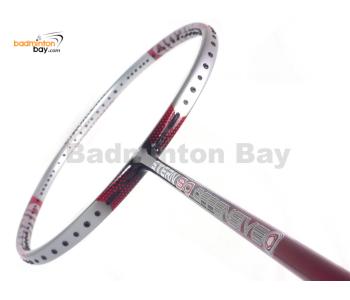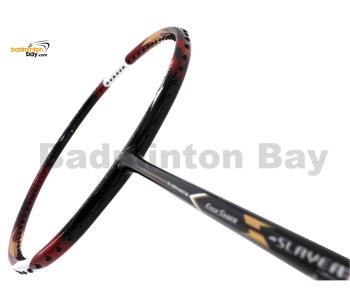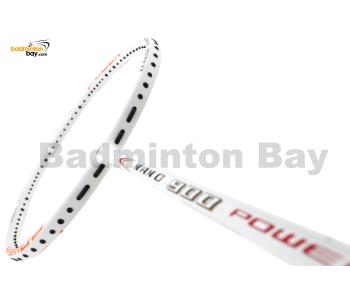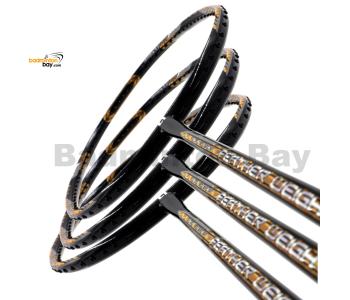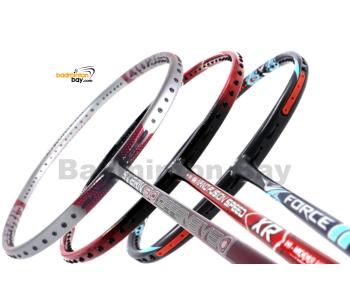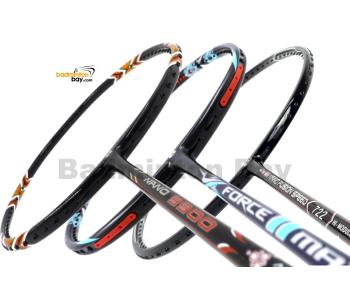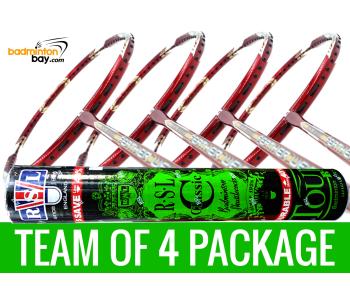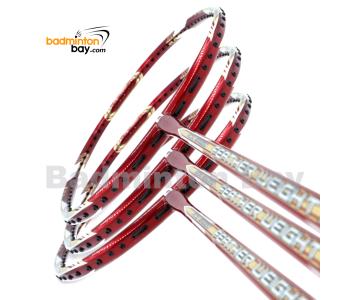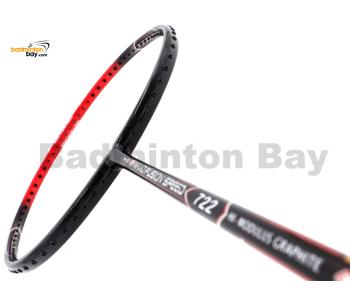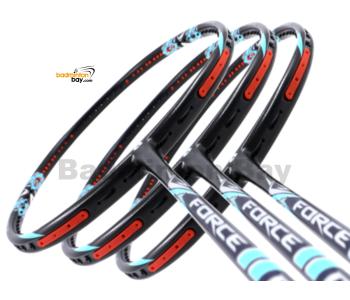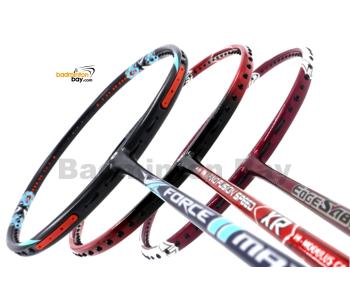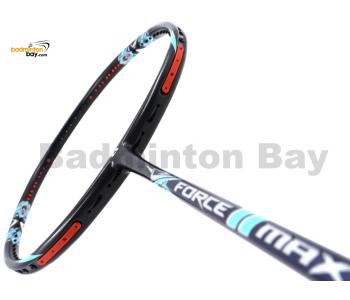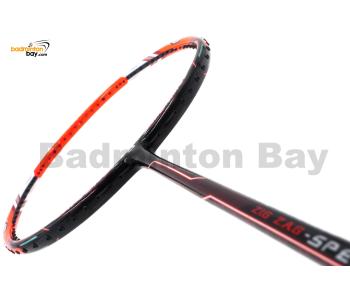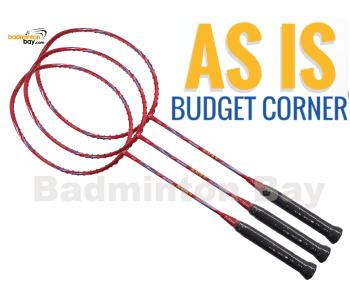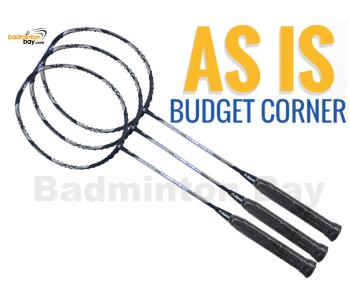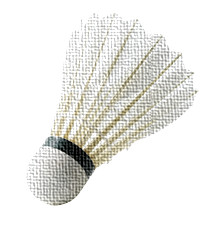
Shuttlecock (also called as birdie) is a sports equipment, which is used for playing badminton game. Shuttlecock is thrown on the opponent's half of the field through the use of badminton racket. Shuttlecock consists of a head and a tail. The tail of a shuttlecock is formed by 16 overlapping feathers, which are inserted into the head and secured with thread.
To expand on shuttlecock definition:
Shuttlecocks must meet special requirements under the Rules of the Badminton World Federation. The material used for the shuttle can be from natural sources or synthetic. Currently there are two types of shuttlecock – ones made of nylon/plastic and the other made from feathers. For the manufacturer of the feather shuttlecock are using feathers of domestic goose for the tail feathers. Head of the shuttlecock is made of cork or synthetic materials. Both types of shuttlecocks have their advantages and disadvantages.
Professional athletes generally use feather shuttlecocks, but for beginners and for outdoor games the optimal choice are synthetic shuttlecocks. In addition, synthetic shuttlecocks are cheaper and with longer durability compared to the ones made from feathers.
The cost of good quality feathers is similar to that of good quality plastics, but plastics are far more durable, typically lasting many matches without any impairment to their flight.
Most experienced and skilful players greatly prefer feathers, and serious tournaments or leagues are always played using feather shuttlecocks of the highest quality. Experienced players generally prefer the "feel" of feathered shuttlecocks and assert that they are able to control the flight of feathers better than of plastics. In Asia, where feather shuttlecocks are more affordable than in Europe and North America, plastic or nylon shuttlecocks are hardly used at all.
The playing characteristics of plastics and feathers are substantially different. Plastics fly more slowly on initial impact, but slow down less towards the end of their flight. While feathers tend to drop straight down on a clear shot, plastics never quite return to a straight drop, falling more on a diagonal. Feather shuttles may come off the strings at speeds in excess of *320 km/h (200 mph) but slow down faster as they drop. For this reason, the feather shuttle makes the game seem faster but also allows more time to play strokes. Because feather shuttles fly more quickly off the racquet face they also tend to cause less shoulder impact and injury.
Apart from the difference in the material from which the shuttle is made, there is a division of Shuttlecocks on the speed of their flight and trajectory. On the tube of the shuttlecocks (or on the shuttle itself) usually have the mark that indicates the type: "slow", "medium" and "fast" or the speed number of the shuttle. The speed of the shuttle as generally determines the color bias tape on his head (green corresponds to a slow shuttlecock, blue - medium, and red - fast), or the number 76 - medium slow, 77 - medium, 78 - medium fast.
Choosing shuttlecocks speed by professional athletes depends on the location and the air condition where the game will be played. The more dense air, the lower the temperature, higher pressure and humidity, the worse the shuttle flying. In order to determine how shuttle play under these conditions, professionals have a special test. The player gets right behind the back line of the court, and with a strong, low stroke sends the shuttle to the other side of the court. In suitable conditions for the shuttle, it should fall into the corridor at a distance of about half a meter to a meter from the back of the line on the opposite side of the player. In practice, usually played by amateurs players, will select the shuttlecock speed and brand which corresponds to their own personal preferences. Some group might prefer slower but tactical game, where others will prefer fast and attacking game.
* The current smash speed world record holder is by Tan Boon Heong at 493km/h on 28th July 2013.
Copyright © 2015 Badminton Bay

